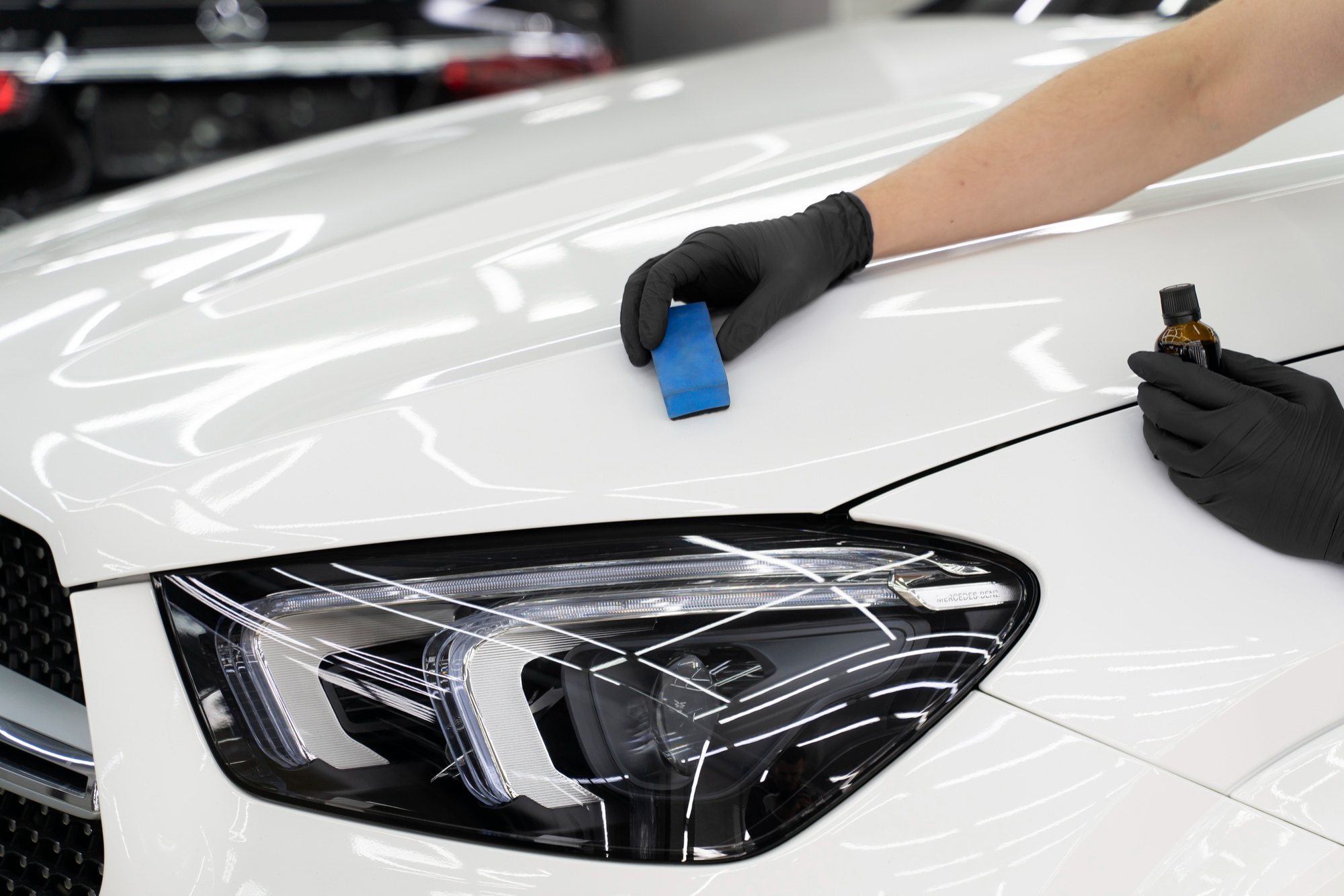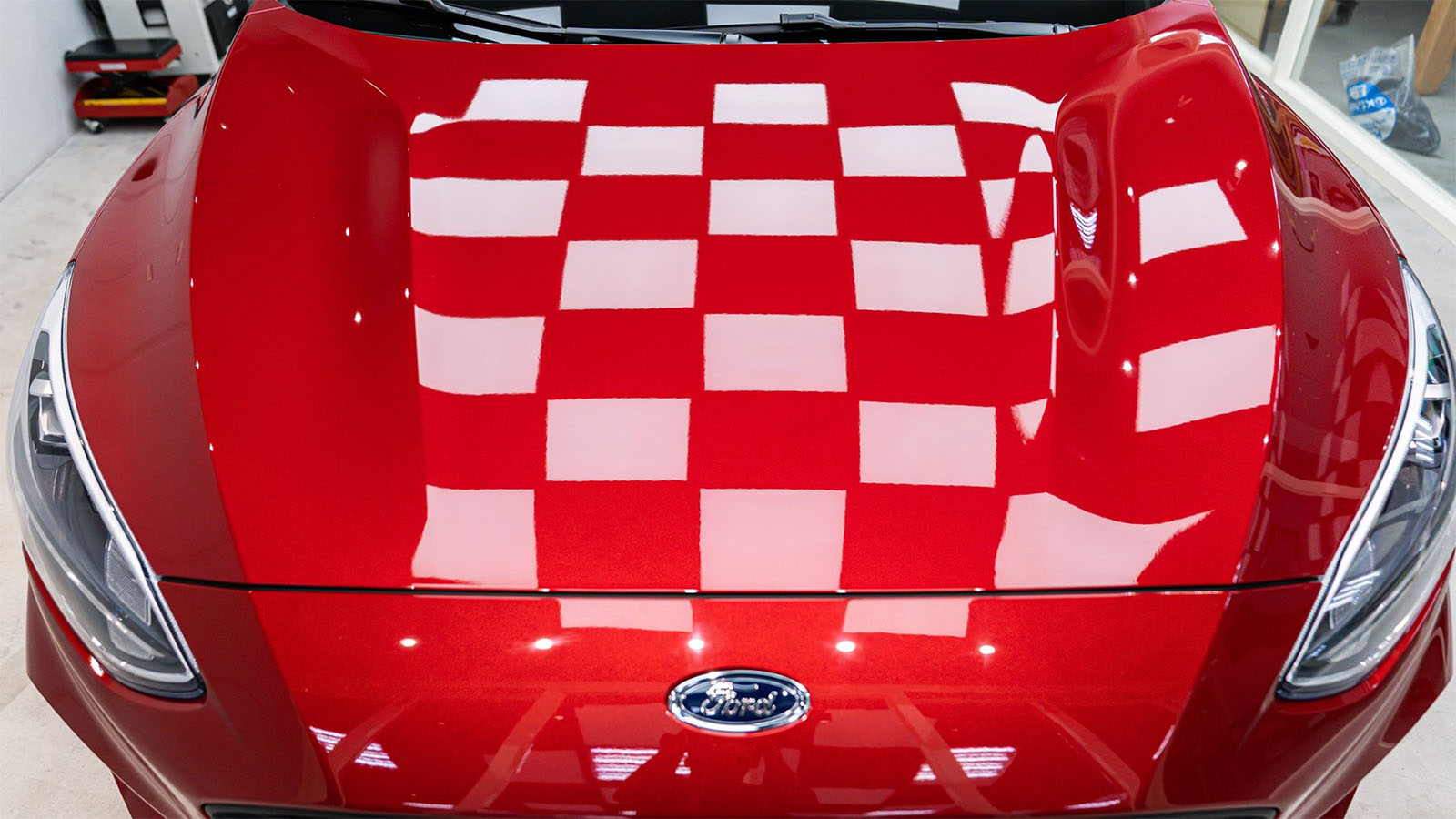Top Notch Ceramic Coatings San Jose for a Remarkable Complete
Top Notch Ceramic Coatings San Jose for a Remarkable Complete
Blog Article
Unveiling the Science Behind Ceramic Coatings: How Does It Work and Why Is It Above Traditional Options?
Ceramic coatings have actually been getting appeal in various industries for their outstanding efficiency and durability. The science behind these coverings surpasses simple surface area defense, diving into the detailed chemistry that makes them stand apart from standard options (ceramic coatings san jose). Comprehending how ceramic finishes job and why they outshine standard options is vital for those looking for to improve the longevity and resilience of their materials. So, what precisely establishes ceramic finishes apart, and exactly how do they accomplish such amazing outcomes?
The Chemistry of Ceramic Coatings
In understanding ceramic coatings, diving into the detailed chemistry behind their structure is crucial for realizing their performance and resilience. Ceramic coatings are mostly made up of silicon dioxide (SiO2), which develops a strong and safety layer when used to different surfaces. This chemical framework offers exceptional resistance to warm, chemicals, and corrosion, making ceramic layers extremely searched for for a vast range of applications.
The chemistry behind ceramic layers involves the formation of covalent bonds between silicon and oxygen atoms, developing a rigid network that improves the coating's strength and resilience. Additionally, the visibility of other aspects such as titanium, zirconium, and aluminum more enhances the layer's residential properties, offering enhanced firmness and attachment to surface areas.
Recognizing the chemical composition of ceramic finishings permits for the modification of formulations to match details needs, whether it be for vehicle, industrial, or residential functions. By using the power of chemistry, ceramic coatings remain to lead the way for exceptional security and performance in different markets.
Benefits of Ceramic Coatings

As an outcome, ceramic coverings make cleansing and preserving surface areas much easier and much less lengthy. In general, the wide variety of advantages offered by ceramic coverings make them a remarkable alternative contrasted to standard finish approaches.
How Ceramic Coatings Bond
Ceramic coverings bond to surfaces via a procedure that involves molecular attachment and chemical communications. When a ceramic finish is used to a surface, it forms a strong bond by chemically sticking to the surface area at a molecular level.
Moreover, the chemical communications between the ceramic finish and the surface further boost the bond. ceramic coatings san jose. These communications enable the ceramic finishing to produce a smooth and constant layer externally, providing exceptional security and sturdiness. Unlike conventional coatings that might sit on the surface without completely bonding, ceramic layers create a long-term bond that is resistant to chemicals, UV rays, and rough ecological conditions

Basically, the bonding mechanism of ceramic coatings makes certain a effective and resilient protective layer that outmatches standard covering choices. This exceptional bond adds to the toughness, scratch resistance, and long life of ceramic coverings, making them a recommended choice for numerous applications.
Resilience of Ceramic Coatings
The remarkable durability of ceramic layers comes from their durable molecular attachment and chemical interactions with surface areas, ensuring a long lasting safety layer that goes beyond conventional coating options. As soon as applied, ceramic finishings create a solid bond with the substrate, developing a resilient obstacle against various ecological stress factors such as UV radiation, chemicals, and abrasions. This bond is so safe that it can endure the rigors of day-to-day use without deteriorating or weakening swiftly.
Unlike standard coverings that might degrade gradually, ceramic coatings preserve their honesty for an extended period, supplying lasting security for the underlying surface area. The strong molecular structure of ceramic coverings resists cracking, fading, home and peeling, ensuring that the surface stays secured and aesthetically pleasing for several years ahead. This longevity not just lowers the demand for constant reapplications but likewise saves money and time in the lengthy run. On the whole, the exceptional longevity of ceramic layers makes them an exceptional choice for securing a vast array of surfaces in numerous applications.
Ceramic Coatings Vs. Traditional Choices
In contrast to standard finish approaches, ceramic coverings offer a distinct blend of durability and protective abilities that establish them apart in various surface defense applications. Conventional alternatives such as wax or sealants offer a short-lived layer of defense that can use off swiftly, requiring constant reapplication. On the other hand, ceramic finishes develop a solid bond with the surface area, creating a semi-permanent or permanent obstacle that is very resistant to abrasion, chemicals, UV rays, and extreme temperature levels.
In addition, ceramic layers use exceptional hydrophobic properties compared to standard coatings. The hydrophobic nature of ceramic layers triggers water to bead up and roll off the surface area, lugging dirt and pollutants with it. This self-cleaning impact aids to keep the surface's sanitation and gloss for extended periods, reducing the need for constant upkeep.
In addition, ceramic coatings have a thicker layer compared to typical choices, supplying enhanced scratch resistance and defense versus small impacts. This toughness guarantees long-lasting efficiency and aids protect the visual charm of the dealt with surface for an extensive period.
Conclusion
To conclude, the science behind ceramic coatings depends on their chemical make-up and bonding properties, making them above standard options. The benefits of ceramic layers include boosted durability and defense for surfaces. By recognizing how ceramic finishings job and their advantages over conventional options, one can make educated decisions when taking into consideration coating choices for numerous applications.
Unlike standard coverings that might sit on the surface without completely bonding, ceramic finishings produce an irreversible bond that is resistant to chemicals, UV rays, and harsh environmental conditions.
The remarkable long life of ceramic coatings stems from their robust molecular bond and chemical communications with surface areas, guaranteeing a long lasting safety layer that goes beyond standard finishing alternatives.Unlike traditional coverings that may break down over time, ceramic finishes keep their integrity for an extensive period, supplying long-lasting protection for the underlying surface.In comparison to traditional finish approaches, ceramic layers find more information supply an unique mix of longevity and safety abilities that set them apart in various Go Here surface defense applications. By understanding just how ceramic coverings job and their advantages over typical alternatives, one can make enlightened decisions when thinking about finishing choices for different applications.
Report this page